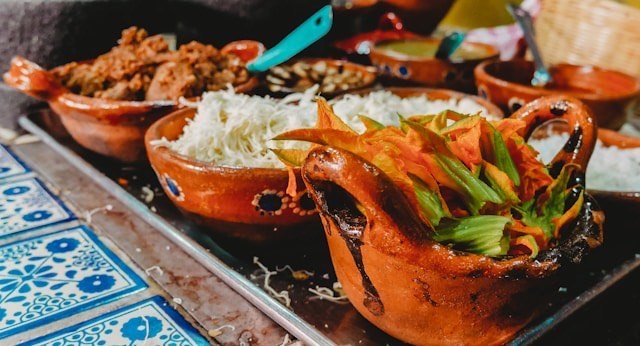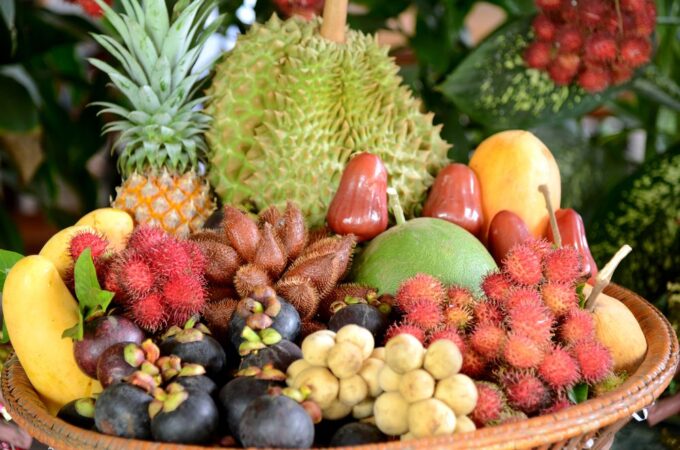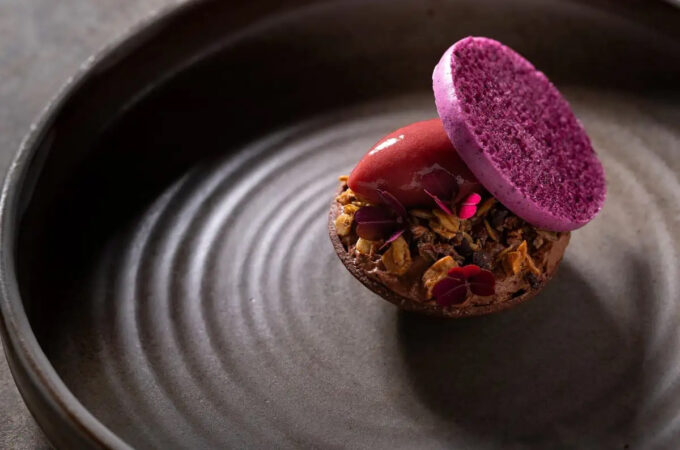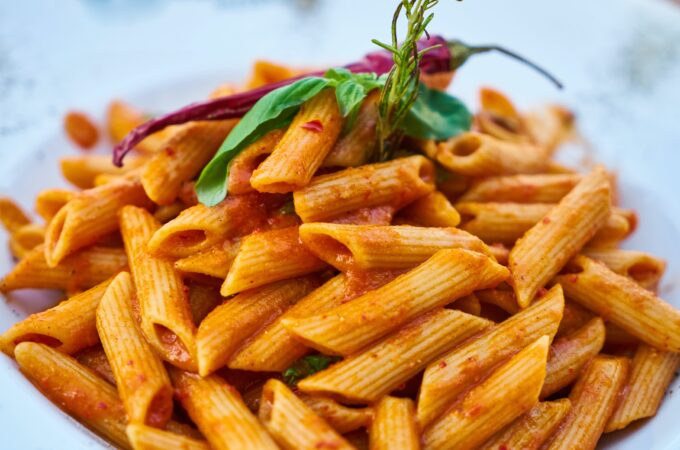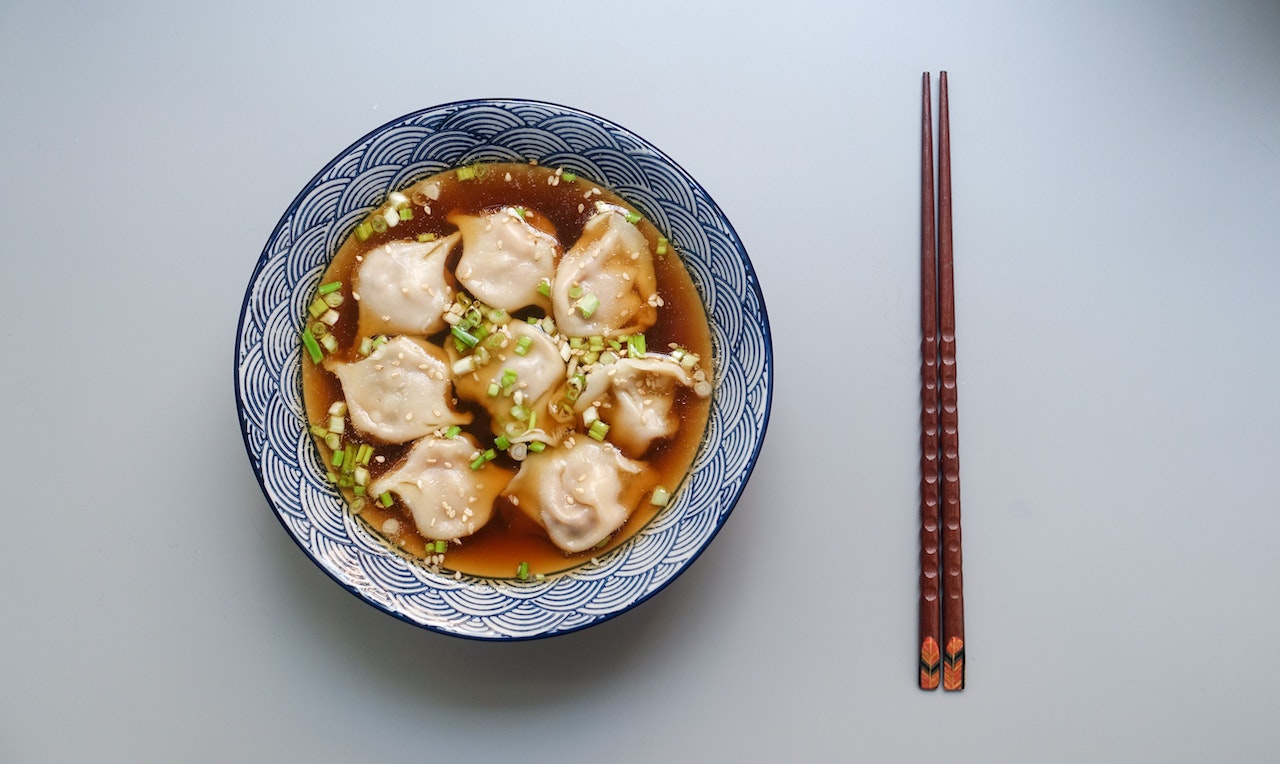
Love Japanese Food? Try These 9 Easy Recipes
Japanese cuisine has long captivated global palates with its diverse flavors, minimalistic presentation, and harmonious balance of ingredients. Aesthetically pleasing and delicious, it has won hearts all over the world.
Although many people think that making Japanese food requires a lot of skill, there are actually a lot of recipes that even a beginner can learn. Here is a guide with some easy but authentic Japanese recipes that you can use to make delicious food at home.
Miso Soup
Miso soup is special in Japanese cuisine, renowned for its rich taste and easy to make. The foundation of this dish rests on four basic ingredients: the flavorful miso paste, dashi broth, tofu bits, and sliced green onions.
To prepare, first, mix the miso paste in some dashi until it’s well combined. Next, heat the remaining dashi in a pot until it’s simmering. Add your tofu pieces to this hot broth.
Once that’s done, blend in the previously mixed miso-dashi concoction. Finish your soup by adding the green onions. When serving, ensure it’s warm to enjoy its full essence.
Sunomono
Sunomono is a traditional Japanese salad made primarily with thinly sliced cucumbers and wakame seaweed immersed in a tangy vinegar-based dressing. This refreshing salad is not just a burst of flavors but is also effortless to prepare.
Here’s an easy Sunomono recipe for you to try! Begin by softening the wakame in cold water, drain, and cut it into manageable sizes. As for the cucumbers, slice them thinly, season with salt, and, after a short rest, squeeze out any excess water.
The magic lies in the vinegar sauce, a mix of rice vinegar, soy sauce, and a hint of sugar. Combine the prepared wakame and cucumbers, drizzling the sauce to taste, ensuring not to drench the ingredients. A sprinkle of sesame seeds finishes the dish.
Teriyaki Chicken
Teriyaki Chicken is a popular Japanese dish celebrated for its distinct blend of sweet and savory tastes. The term “teriyaki” refers to the cooking technique used, which involves broiling or grilling foods with a specific glaze.
This glaze is made using three essential ingredients: soy sauce, mirin (a type of rice wine), and sugar. Preparing the dish starts by letting the chicken immerse in this glaze, allowing it to marinate for about half an hour. Once the marination time is up, you simply cook the chicken in a pan.
As the chicken cooks, the glaze reduces and wraps the chicken in a glossy coat, which is both visually appealing and delicious to taste.
Onigiri
Onigiri is a traditional Japanese snack, often referred to as rice balls in English. These balls, which are made from white rice shaped into triangles or cylinders, can be used as a base for a lot of different fillings.
Among the popular choices for fillings are pickled plum, known as umeboshi, as well as tuna mixed with mayonnaise and pieces of salmon. Making onigiri is straightforward. Start with freshly cooked, warm rice. Mold it to encase your chosen filling.
Once shaped, a strip of seaweed, called nori, is wrapped around the rice ball, adding both flavor and a convenient grip. Due to their compact size and fulfilling nature, onigiri is ideal for on-the-go snacks and lunches.

Tempura
Tempura involves coating seafood or vegetables in a special batter before deep frying. This batter is quite simple, made with just three main ingredients: flour, egg, and water that’s kept ice-cold. This cold temperature ensures the batter remains light, leading to a crispier outcome.
Common items to be turned into tempura include bell peppers, sweet potatoes, and shrimp. When frying, it’s essential to achieve a golden-brown color, which indicates the right crispness.
Once cooked, tempura is often paired with a unique dipping sauce called tentsuyu. This sauce is a blend of three components: dashi broth, soy sauce, and mirin (a sweet rice wine).
Gyoza
Gyoza, often known as Japanese dumplings, is a favorite dish among many. These dumplings have a unique preparation method and distinct taste. The filling, a blend of ground pork, cabbage, garlic, and ginger, is encased in soft dumpling wrappers.
Once they are filled, the gyozas are cooked in a pan, with special attention given to ensuring that their bottoms turn a crunchy golden brown while the tops remain soft and steamy. This dual texture is a hallmark of gyoza.
Alongside these dumplings, there’s typically a sauce that enhances the overall flavor. This sauce combines three main ingredients: soy sauce for saltiness, vinegar for a slight tang, and chili oil for a hint of heat.
Takoyaki
Takoyaki are round treats that feature a combination of ingredients, most notably minced or chopped octopus. Added to this are pieces of tempura leftovers and freshly chopped green onions.
To make takoyaki, a special batter is used, which is then poured into a distinctively shaped pan designed specifically for this dish. As they cook, these balls are turned periodically to ensure even cooking, resulting in a perfect golden-brown exterior.
Udon Noodles
Udon noodles stand out in Japanese cuisine due to their distinct thickness and chewy texture. These noodles are made from wheat and are a staple in many Japanese dishes. One of the classic ways to enjoy udon is in a savory soup.
This soup often has a base made from soy, providing a gentle, flavorful backdrop for the noodles. Alternatively, udon can also be relished cold, typically accompanied by a separate sauce to dip the noodles in.
A variety of toppings can be added to enhance the dish further. Some of the favorites include fresh, thinly sliced scallions that offer a crisp bite.
Katsu Curry
At the heart of this dish lies the katsu, a pork cutlet that has been coated in breadcrumbs and then deep-fried to achieve a crispy exterior. Alongside the katsu is a thick, aromatic curry sauce. Preparing the sauce involves cooking ingredients like onions, carrots, and potatoes until they soften.
A store-bought curry roux is added to these ingredients, ensuring the sauce attains the desired richness and depth of flavor. When served, the crunchy texture of the katsu harmoniously pairs with the velvety consistency of the curry.
Conclusion
Japanese food is both tasty and comforting. From the warm miso soup to the crispy katsu curry, there’s something for everyone. By following these recipes, anyone can make delicious Japanese meals at home.
